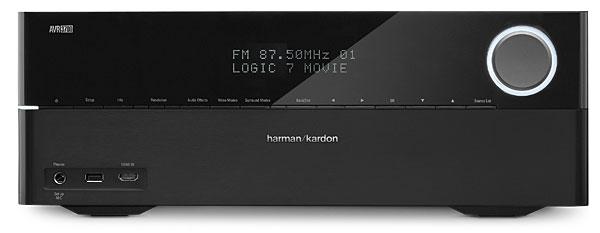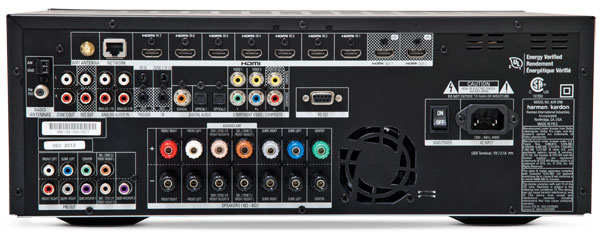I had been set on the Pioneer Elite models in the $1,000 price range, and a big part of that was due to the efficiency that comes from using that class D amplification.....and the fact that it sounded really good with ample power.
Given that this HK AVR has the same or similar tech as the Pioneers, would you recommend one over the other?



 The AVR 3700 doesn’t offer any numeric or graphical result for the EzSet/EQ’s speaker/room equalization, and doing A/B comparisons by ear was tricky due to a rather lengthy muting interval between enable and defeat, and a rather substantial volume difference. Taking those caveats into account, I generally heard an effect that wasn’t very different from what I’ve heard from numerous Audyssey MultEQ–equipped receivers in my room: obviously tighter bass (with less emphasis at 80 hertz) and sort of crisper stereo imaging that gave the impression of being more distinct and convincing without sounding at all brighter per se. If anything, the AVR 3700’s impact seemed greater than what I recall of typical MultEQ runs, but this is a purely subjective impression from aural memory (of notorious reputation) and, therefore, entirely unscientific. For this reason among many others, I did all my evaluative listening, as always, with the EQ disengaged.
The AVR 3700 doesn’t offer any numeric or graphical result for the EzSet/EQ’s speaker/room equalization, and doing A/B comparisons by ear was tricky due to a rather lengthy muting interval between enable and defeat, and a rather substantial volume difference. Taking those caveats into account, I generally heard an effect that wasn’t very different from what I’ve heard from numerous Audyssey MultEQ–equipped receivers in my room: obviously tighter bass (with less emphasis at 80 hertz) and sort of crisper stereo imaging that gave the impression of being more distinct and convincing without sounding at all brighter per se. If anything, the AVR 3700’s impact seemed greater than what I recall of typical MultEQ runs, but this is a purely subjective impression from aural memory (of notorious reputation) and, therefore, entirely unscientific. For this reason among many others, I did all my evaluative listening, as always, with the EQ disengaged.



























































